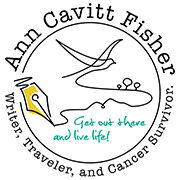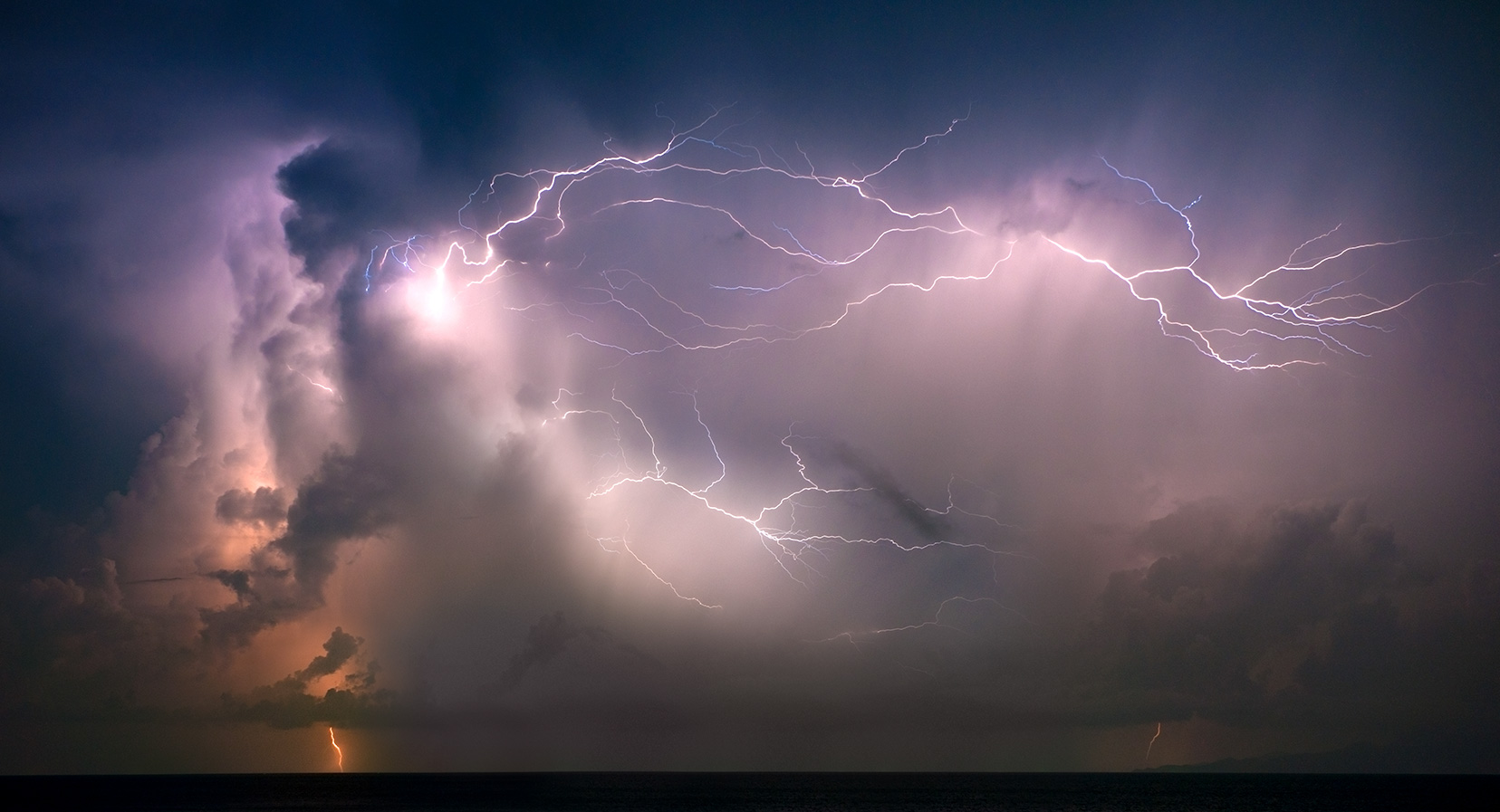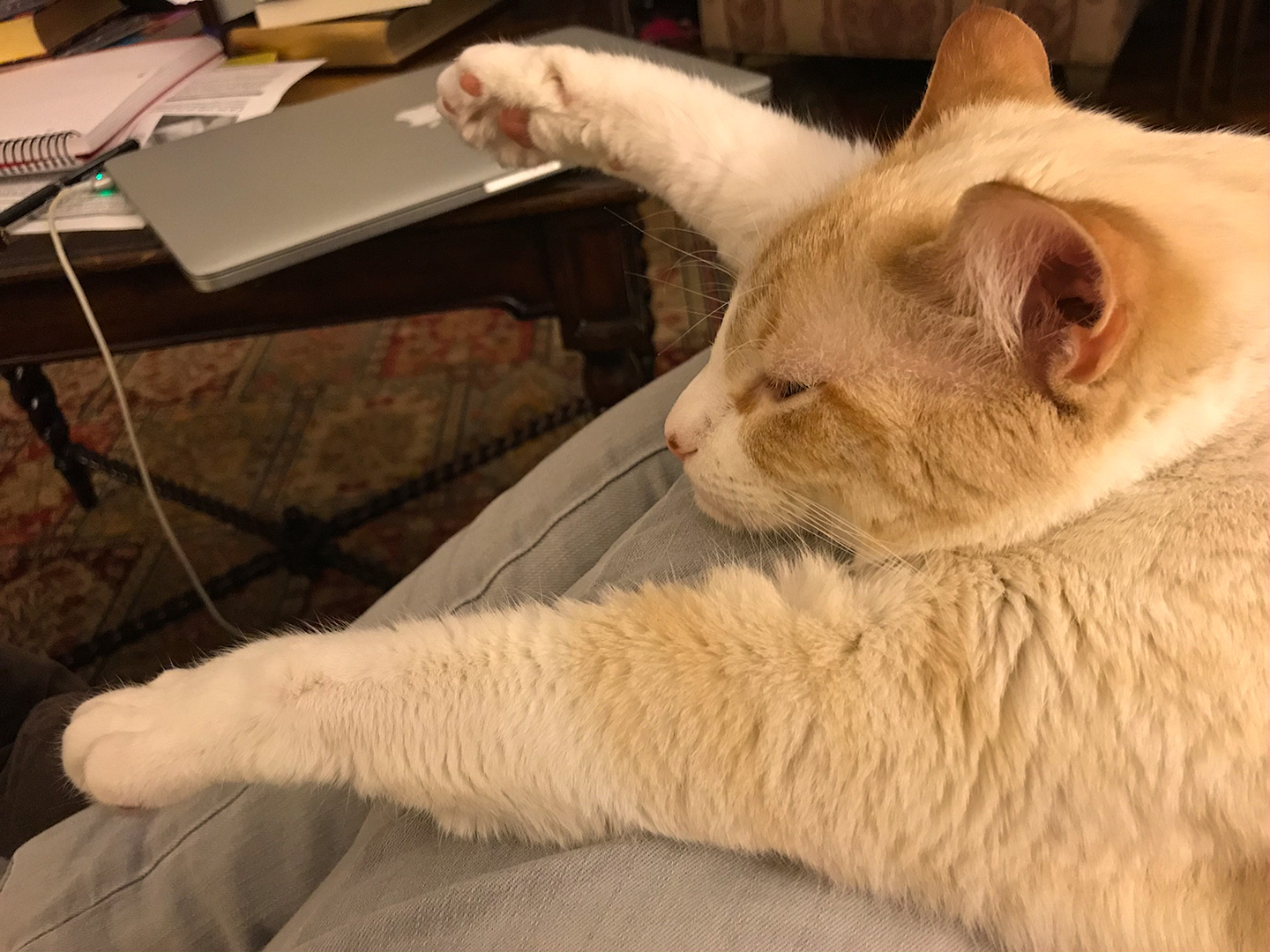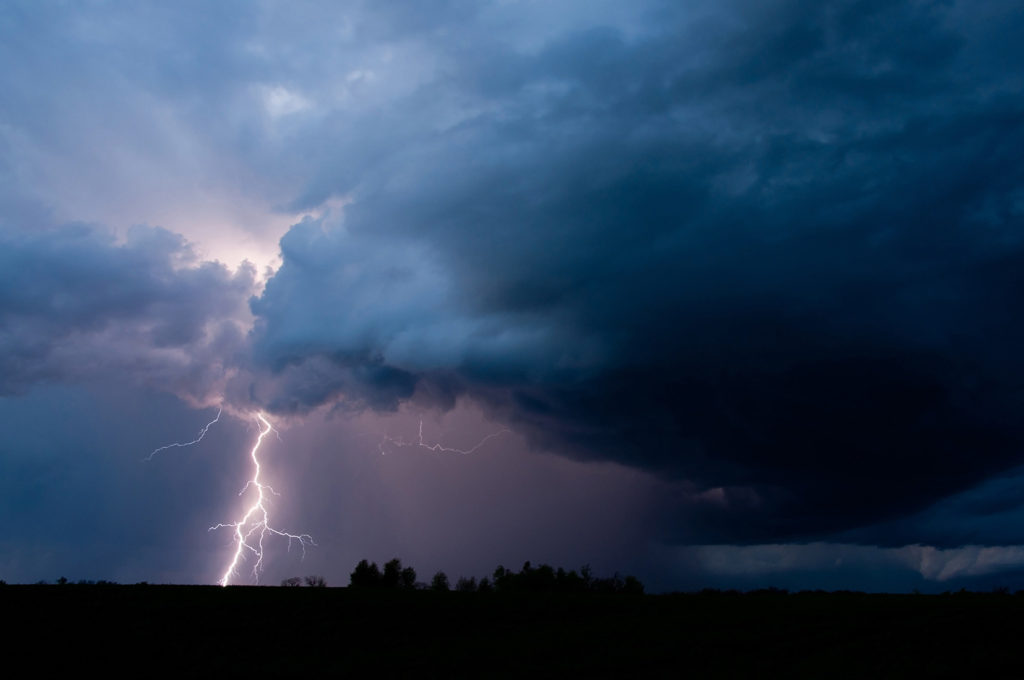
The bolt struck so close to the car that I lurched across the highway, nearly running off the road. The hair along my arms prickled and my hands were shaking as I swerved back into my lane and continued picking my way along the back highway as sheets of water washed over the vehicle. Thank god there was no other traffic.
I had chosen a route to get me off the interstate and into the country as quickly as possible. The farm to market road would lead through miles of fields and little towns on the way to a rented cabin. Leaving home thrilled me. After two months of social distancing, just the idea of going somewhere else . . . frankly anywhere else other than my own apartment was enough to put a big smile on my face. Memorial Day out in the country was going to be a release.
Not long after leaving the interstate behind, highway FM359 angled north.
When I crossed Bessie’s Creek, a small tributary that feeds into the Brazos River, the sky ahead of me transformed from lightly cloudy into angry dark. There was a distinct storm band, as though a child had drawn a thick line of black crayon across a sheet of paper. One side white, the other roiling black, purple, and midnight blue.
Just before the line between the extremes, I hit a junction with a flashing red light. My route turned due west, putting the black sky on my right, while my left remained bright. For about ten minutes, I thought I might get lucky and miss the storm. But this was only the beginning of a set of cells streaming out of the northwest, and it wasn’t long before I was in the middle of it.

Midnight blue began alternating with blinding sheet lightening. Then came massive splatting drops that quickly turned into a firehose spray of water. Even on the highest setting, the windshield wipers could only sling off enough rain to give a second of clarity at a time. I crept along at 25 miles per hour, hazards on, praying I wouldn’t get flattened by a pickup traveling at a higher rate of speed. Daylight claps of brilliance transitioned to into forked lightening striking the fields, playing in a cadence that Bach might have written.
Then came the bolt that hit was so close, I thought it might have struck my SUV.
Once I righted the vehicle, I wanted to pull over and quit shaking. But my best bet was to continue and move past this storm cell. “One more mile and one more mile and one more mile,” I sang low to myself, trying not to wonder what it would feel like if the Honda did take a direct strike. At some point the electrical firestorm was finally behind me.
After that, dealing with the frog-strangler of a deluge seemed easy.
I found the entrance to the ranch where my cabin was located, and the rain slacked off. I rumbled over gravel roads to pull up next to Hinze Cabin, and unloaded my bags in a heavy drizzle. This restored home from the 1850’s was sturdy and reassuring, and I closed the front door on what had been a stressful afternoon.
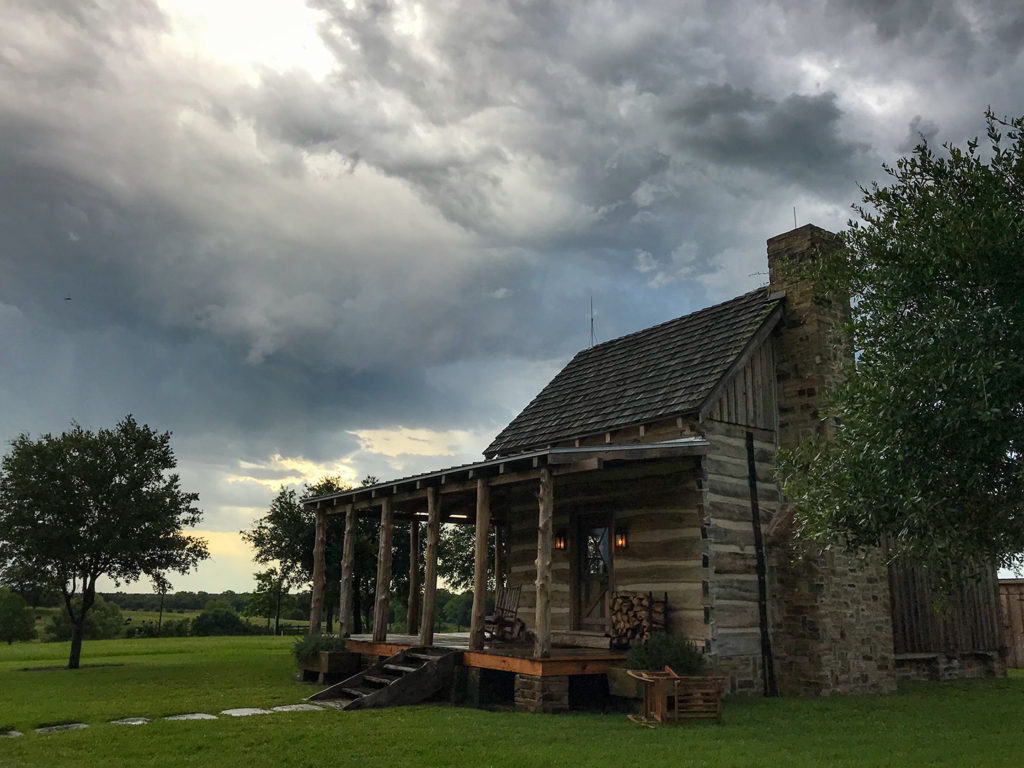
The next morning broke clear, and I dried off one of the rocking chairs and had my coffee out on the porch. I spent Memorial Day taking photograph walks, reading, and cooking out on the grill. More than anything, I just wanted to sit and watch an expanse of sky.
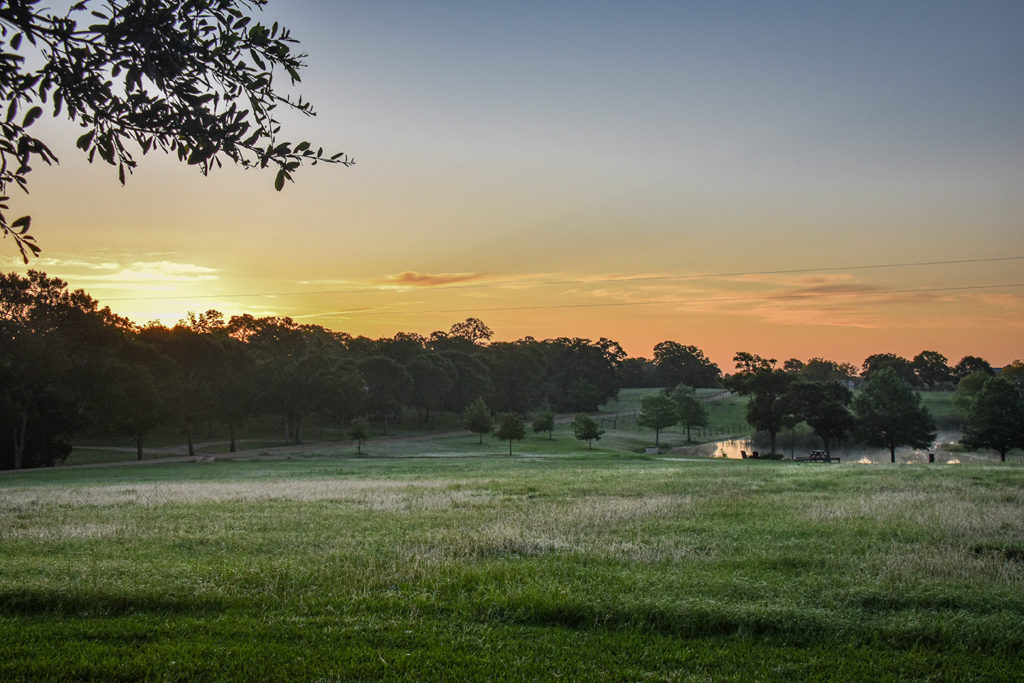
The next day, as I read the New York Times and Washington Post online, other peoples’ Memorial Day experiences came crowding in . . . and I watched a white man purposefully asphyxiate George Floyd on a street in Minneapolis. I watched Amy Cooper easily jump to threatening Chris Cooper, a black bird watcher in Central Park.
One more black man murdered by a white policeman who thought, no — knew, that he could act with impunity.
One more black man threatened by a white woman who was quite willing to falsely accuse him of molesting her — rather than, I don’t know — apologizing for not following Central Park rules and putting her dog on a leash.
As beautiful and quiet as my surroundings were, any sense of peace I’d found evaporated. I could not let go of George Floyd’s story. I couldn’t un-see him dying beneath Derek Chauvin’s knee. The storms I’d driven through two days earlier seemed more appropriate to my mood than the sunshine and blue skies with me now.
In early evening the weather gods seemed to sense my frame of mind, and the sky again roiled purple-black, lashing the hill and the little house with high winds — threatening hail and all matter of violence. For awhile I sat on the porch with a whiskey and watched the trees swirl in the wind, and thought about Shakespeare and the storms that whipped through my some of my favorite plays: storms often portend ruthless human behavior (Julius Caesar) or reflect the world out of balance because of foolish mortal decisions (King Lear).
I returned home as the protests and wildfires of anguish and outrage began sweeping across our country. My Shakespearean storms seemed appropriate.
We have all crossed Bessie’s Creek.
And we will continue to live in a world of pain until a majority of white people in the USA join with our black and brown fellow citizens and DO something to stop police officers and white vigilantes from killing black men and women, and DO something about a justice system that just lets it all slide.
We must also realize that we won’t ever reach a place where it’s finished and achieved. We’ll be fighting for and defending equal rights and justice for forever.

